Swedish Immigration to North America
This text was produced by Dr. Dag Blanck, Director of the Swenson Center, in fall 2009, and may not be reproduced without permission.
Introduction

Immigration to the United States in the nineteenth and early twentieth centuries was a part of the economic and social transformation that affected both Europe and North America, when between 1850 and 1950 some fifty million Europeans settled in non-European areas. The mass exodus of some 1.3 million Swedes to the United States, often young and healthy men and women, during the nineteenth and early twentieth centuries was due to the economic and social circumstances in Sweden. "Push and pull" factors on both sides of the Atlantic, as well as the establishment of migration links, are other important factors that more precisely determined the scope and course of the migration patterns. A strong population growth in Sweden increased the pressure on a society that was fundamentally agricultural in nature, and moving to North America provided the Swedish emigrants with economic opportunity not available in the homeland. Religious and political reasons played a much smaller role for the move to America, although it was decisive in some instances. The trans-Atlantic mass exodus is one of the major events in Swedish history during the last two centuries, and the immense network of contacts that was established across the Atlantic has proven very important for the way in which Swedish society then and now has been oriented towards the United States.
Chronology and Numbers

Swedish mass-immigration to the U.S. began in earnest in the mid-1840s, when a number of pioneers, often moving as groups, established a migration tradition between certain sending areas in Sweden and particular receiving locales in the United States. Examples of colonies founded by these groups include settlements in western Illinois, Iowa, central Texas, southern Minnesota, and western Wisconsin.
When the American Civil War broke out, ending the pioneer period of Swedish immigration, the federal Census recorded some 18,000 Swedish-born persons in the United States. Ten years later, following the first heavy peaks of Swedish immigration in 1868-69, largely due to crop failures in Sweden, the figure was almost five times higher, or 97,332. The rapid increase of Swedish immigration continued. By 1890, following the single decade of the largest Swedish immigration, approximately 478,000 Swedes lived in the United States. During the 1880s alone, some 330,000 persons left Sweden for the United States, the peak year being 1887 with over 46,000 registered emigrants.
The pace of immigration remained high after 1890 and by 1910, the U.S. Census recorded over 665,000 Swedish-born persons in the United States. Just as the Civil War had restricted the number of foreigners who could enter the United States, World War I curtailed the number of immigrants during the 1910s, and by 1920 the number of Swedish-born in the United States declined for the first time, the total population standing at 625,000. The year 1923, when over 26,000 Swedes left for the United States, represents the end of some eight decades of sustained mass migration from Sweden to the United States.
As the decades of Swedish immigration to the United States progressed, a second generation of Swedish-Americans entered the scene. This second generation was first recorded by the Census in 1890, when some 250,000 persons in the United States were classified as second-generation Swedish-Americans. During the next decades, this figure increased quickly and by 1910 the second generation had passed the first and numbered 700,000. In 1920, the figure was 824,000.
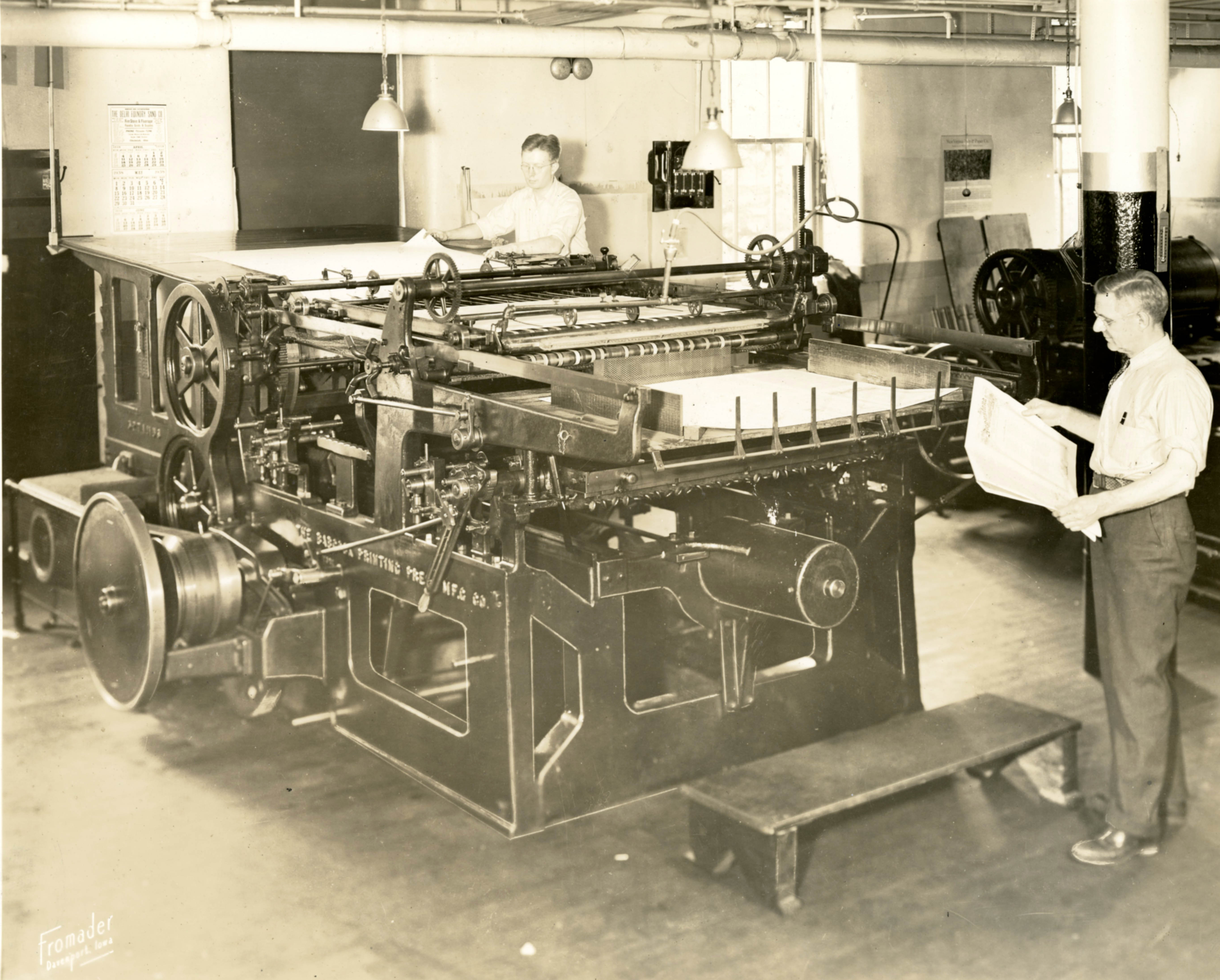
The rural and agricultural profile of Swedish immigration of the first decades gradually changed. By the turn of the century, a majority of Swedish-Americans were city-dwellers, and a part of the rapidly growing American industrial economy. This also reflected a development from the migration of families during the first decades of emigration to a movement dominated by single young men and women after the turn of the century.
Return migration was also a part of the Swedish patterns. Approximately one-fifth of the immigrants returned to their homeland. Re-migration was especially strong towards the end of the emigration era, and was more common among men, urbanites, and persons active in the American industrial sector.
The Settlements in America
As the result of immigration, the population group in the United States of Swedish extraction was thus well over one million during the first decades of the twentieth century. However, it was not evenly distributed throughout the country. The early phase of Swedish immigration established the Midwestern states as a prime receiving area. The agricultural areas in western Illinois, Iowa, Minnesota, and western Wisconsin formed the nucleus of the first Swedish settlements. Migration chains were quickly established between many places in the Midwest and in Sweden, encouraging and sustaining further movement across the Atlantic. After the Civil War, the Swedish settlements spread further west to Kansas and Nebraska, and in 1870 almost 75 percent of the Swedish immigrants in the United States were found in Illinois, Minnesota, Kansas, Wisconsin, and Nebraska.
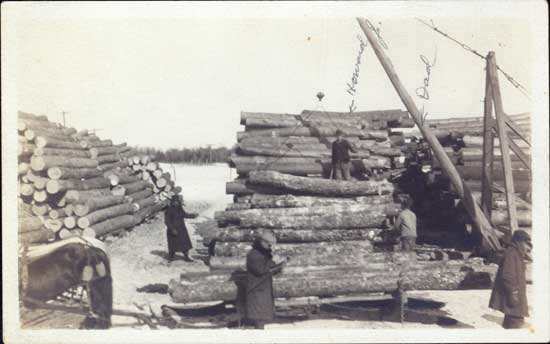
By 1910 the position of the Midwest as a place of residence for the Swedish immigrants and their children was still strong, but had weakened. Fifty-four percent of the Swedish immigrants and their children now lived in these states, with Minnesota and Illinois dominating. Fifteen percent lived in the East, where the immigrants were drawn to industrial areas in New England. New York City and Worcester, Massachusetts, were two leading destinations. A sizeable Swedish-American community had also been established on the West Coast, and in 1910 almost 10 percent of all Swedish-Americans lived there. There, the states of Washington and California had the largest Swedish-American communities. In Washington, a heavy concentration of Swedish-Americans grew up in the Seattle-Tacoma area.
Minnesota became the most Swedish of all states, with Swedish-Americans constituting more than 12 percent of Minnesota's population in 1910. In some areas, such as Chisago or Isanti counties on the Minnesota countryside north and northwest of Minneapolis, Swedish-Americans made up close to 70 percent of the population. If Minnesota became the most Swedish state in the union, the city of Chicago, was the Swedish-American capital. In 1910, more than 100,000 Swedish-Americans resided in Chicago, which meant that about 10 percent of all Swedish-Americans lived there. At the turn of the century, Chicago was also the second largest Swedish city in the world; only Stockholm had more Swedish inhabitants than Chicago.
The Swedish-American Community
Svenskamerika or Swedish America, as the Swedish-American community began to be referred to around 1900, was a collective description of the cultural and religious traditions that the Swedish immigrants brought to their new homeland. These traditions were both preserved and changed through interaction with American society and formed the basis for the sense of Swedishness or Swedish-American identity that developed among the immigrants and their descendants.
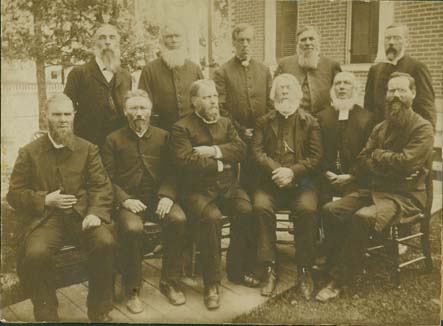
Swedish America was split, culturally, religiously, and socially, and by the beginning of the twentieth century different Swedish-American institutions, such as churches, organizations, associations, and clubs, formed an intricate pattern that spanned the entire American continent. The largest organizations were the various religious denominations founded by Swedish immigrants in the United States. These churches had their roots in both the religious experience of the homeland and the United States: the Lutheran Augustana Synod was founded by ministers from the Church of Sweden, the Mission Covenant had its Swedish parallel in Svenska Missionsförbundet, and the Evangelical Free Church developed from the Covenant Church. Other "American" denominations also attracted Swedish immigrants as members. In some cases, as with the Baptists, Methodists, Adventists, and the Salvation Army, separate Swedish-language conferences were organized as part of the American mother institution, whereas still others, such as the Congregationalists, Mormons, and Presbyterians, organized Swedish-language services in the American congregations with some regularity.
The Lutheran Augustana Synod was by far the single largest Swedish-American organization, with the total membership in the Swedish-American religious denominations estimated to be 365,000 at the end of the immigration era, which means that roughly a quarter of the Swedish-Americans of the first and second generations were members of a Swedish-American church at that time. The larger Swedish-American denominations did not only serve the religious needs of their members. They also founded educational and benevolent institutions, such as colleges, academies, hospitals, orphanages, and old people's homes. The Swedish-American institutions of higher education became particularly important, and today a group of American colleges and universities can trace their origins to Swedish immigrants, including Augustana College in Rock Island, Illinois; Bethany College in Lindsborg, Kansas; Bethel College in St. Paul, Minnesota; California Lutheran University in Thousand Oaks, California; Gustavus Adolphus College in St. Peter, Minnesota, and North Park University in Chicago.
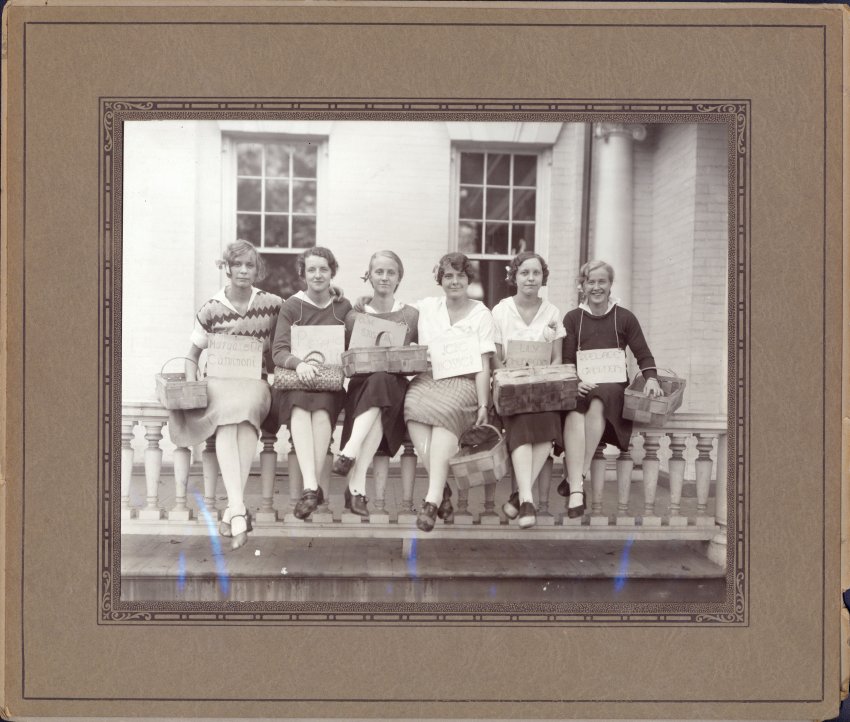
The secular organizations attracted fewer members. Included here are the mutual-aid societies, which included the Vasa Order, the Svithiod Order, the Viking Order, and the Scandinavian Fraternity of America. In addition, there were numerous smaller organizations and clubs scattered throughout Swedish America, with a wide array of purposes. Some examples include organizations for individuals from a particular province in Sweden, whereas others focused on musical, theatrical, educational, or political activities. A small, but vocal Swedish-American labor movement also developed, mainly in the urban areas. At the close of Swedish mass-immigration in the mid-1920s, it has been estimated that the total membership in the secular organizations, both mutual-aid societies and social clubs, stood at 115,000, not quite ten percent of the first and second generation Swedish-Americans.
The different organizations catered to the varied needs of its membership, be their religion, sick insurance, or affection for a particular province in Sweden. However, they also eventually transcended these specific functions and came to serve as places where one could meet fellow country-persons, speak the Swedish language, and participate in the various social activities connected with the organization. This was particularly true with the churches and mutual-aid societies.
Swedish-American Culture
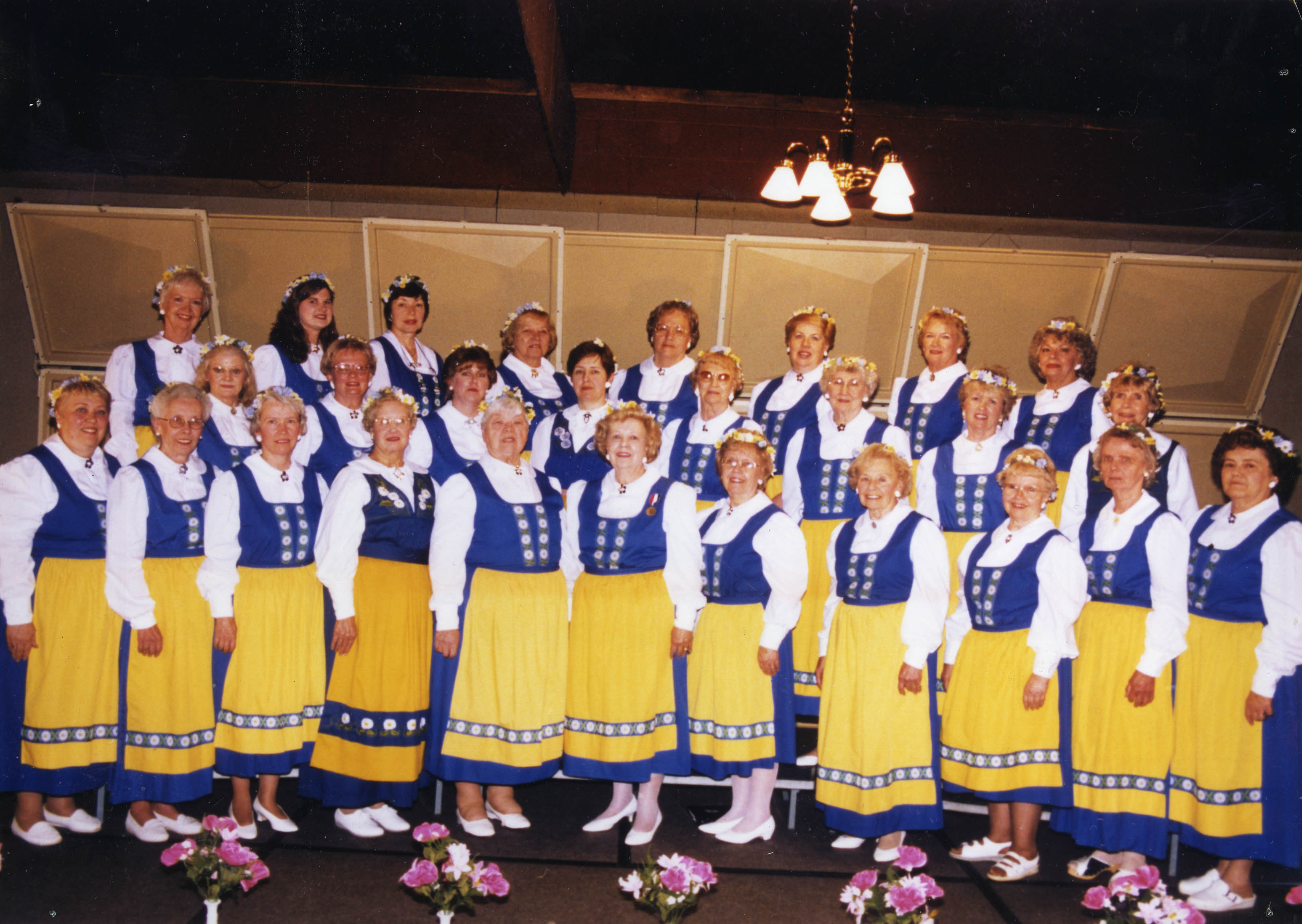
A cultural life quickly developed within the Swedish-American community. Much of it was centered on the Swedish language, which was seen as a key factor for the culture's creation and maintenance. The Swedish-language press played an important role in this respect, and it has been estimated that between 600 and 1,000 Swedish language newspapers were published in the United States. Some important titles include Hemlandet, Svenska Amerikanaren, Svenska Amerikanska Posten, Nordstjernan, and Svea. The Swedish-American press was the second largest foreign-language press in the United States with a total circulation of over 650,000 copies in 1910.
Swedish immigrants and their descendants did not only read newspapers. Numerous books, journals, pamphlets, and other types of publications were brought out in Swedish-America by a variety of publishers. Bookstores existed in many of the major urban settlements through which many imported books from Sweden were sold as well. A great variety of books in Swedish were available in the United States, including such subjects as religion, education, history, geography, music, theater, schoolbooks, dictionaries, almanacs, cookbooks and how-to books, etc. Fiction and poetry were also important categories, and a group of Swedish-American authors emerged, including Jakob Bonggren, Johan Enander, G.N. Malm, and Anna Olsson.
Theater and singing were also an important part of the life of the community. Theater productions ranged from performances of Swedish elite drama in Chicago to the vaudeville or bondkomik productions of Olle i Skratthult´s traveling troupe. There was even a Swedish-American opera, Fritiof and Ingeborg by C.F. Hanson, performed in 1898 and 1900 in Worcester, Massachusetts and in Chicago. Numerous choirs and choruses also existed in Swedish America; many of them joined together in the American Union of Swedish Singers.
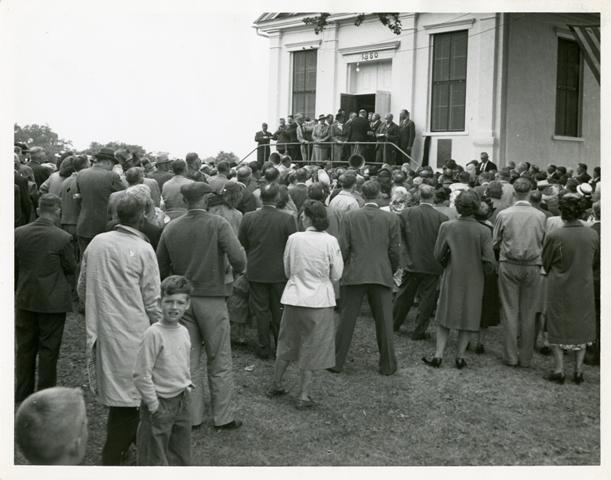
Swedish-Americans have also come together in different manifestations to affirm their ethnicity. Midsummer celebrations occurred as early as the 1870s and had become quite common by 1900, often filling the function of a Swedish or Swedish-American national day. It is no coincidence that Svenskarnas Dag in Minneapolis has been celebrated in the middle of June since 1934. The 1891 unveiling of a statue of eighteenth century Swedish botanist Carl Linnaeus in Chicago provided that city's Swedish-Americans with many opportunities using the monument as a Swedish-American rallying point. Swedish-Americans have also used Fourth of July parades to mark their dual loyalties to both the United States and Sweden, and have commemorated their own history several times at both the 100th and 150th anniversaries of the beginnings of Swedish mass immigration to the United States in the 1840s, and by celebrating the 250th, 300th, and 350th anniversaries of the 1638 establishment of the New Sweden Colony on the Delaware River.
Swedish America Today
Even though predictions of the demise of the Swedish-American community have been heard ever since Swedish mass immigration to the United States came to a halt in the 1920s, some four million persons still responded "Swedish" to the question of their ancestry in the 2000 U.S. Census. Swedish America today overwhelmingly consists of descendants of Swedish immigrants, many of whom are by now in the third generation and beyond. The number of immigrants from Sweden in 2000 stood at some 50,000. Hundreds of Swedish-American organizations still exist, including museums in Philadelphia, Chicago, Minneapolis, and Seattle. The Swedish Council of America functions as an umbrella group for Swedish-American organizations today.
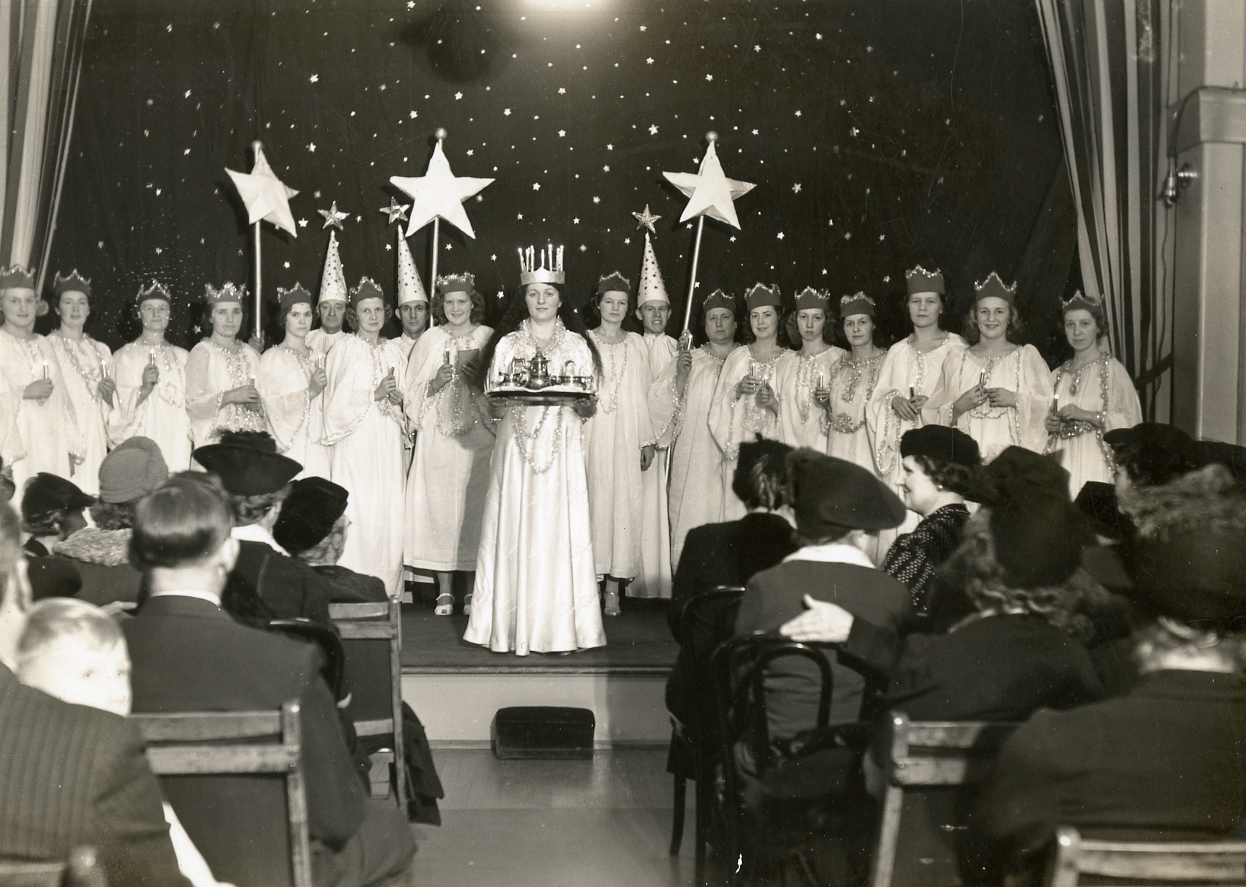
Expressions of Swedishness today often focus on family history, foods, and holiday celebrations but also on an interest in traveling to Sweden and sometimes on learning about modern Sweden and the Swedish language. The Swenson Swedish Immigration Research Center at Augustana College in Rock Island, Illinois is a national archive, library, and research institute for the study of Swedish immigration to North America and provides a wealth of information for those who wish to pursue research in the field. It publishes Swedish American Genealogist¸ the only journal in the field of Swedish-American genealogy. The Swedish-American Historical Society is also devoted to the study of Swedish-American history, and published the only journal in the field, Swedish-American Historical Quarterly.
Further Readings
Jennifer Eastman Attebery, Up in the Rocky Mountains. Writing the Swedish Immigrant Experience (Minneapolis, 2007)
Philip J. Anderson and Dag Blanck, eds., Swedish-American Life in Chicago. Cultural and Urban Aspects of an Immigrant People, 1850-1930 (Urbana, Illinois, 1992)
Philip J. Anderson and Dag Blanck, eds, Swedes in the Twin Cities. Immigrant Life and Minnesota's Urban Frontier (St. Paul, Minnesota, 2001)
H. Arnold Barton, A Folk Divided. Homeland Swedes and Swedish Americans, 1840-1940 (Carbondale, Illinois, 1994)
Nils Hasselmo, Swedish America. An Introduction (New York, 1976)
Joy K. Lintelman, I Go To America. Swedish American Women and the Life of Mina Anderson (St. Paul, Minnesota, 2009)
Helge Nelson, The Swedes and the Swedish Settlements in North America (Lund, 1943), 2 vols.
Hans Norman and Harald Runblom, Transatlantic Connections. Nordic Migration to the New World after 1800 (Oslo, 1988)
Larry E. Scott, The Swedish Texans (San Antonio, Texas, 1990)
Search ALiCat (the Augustana Library online catalog) for hundreds of books on Swedish and Swedish-American history.
